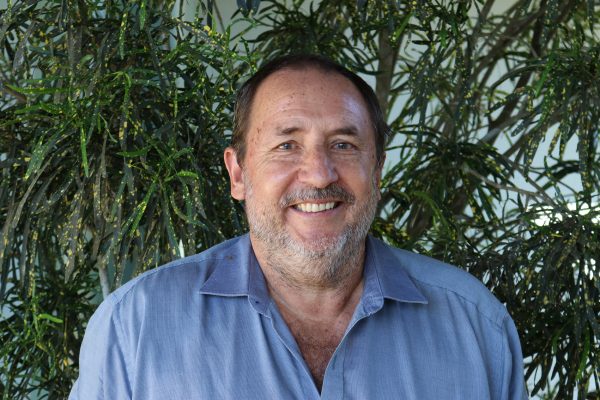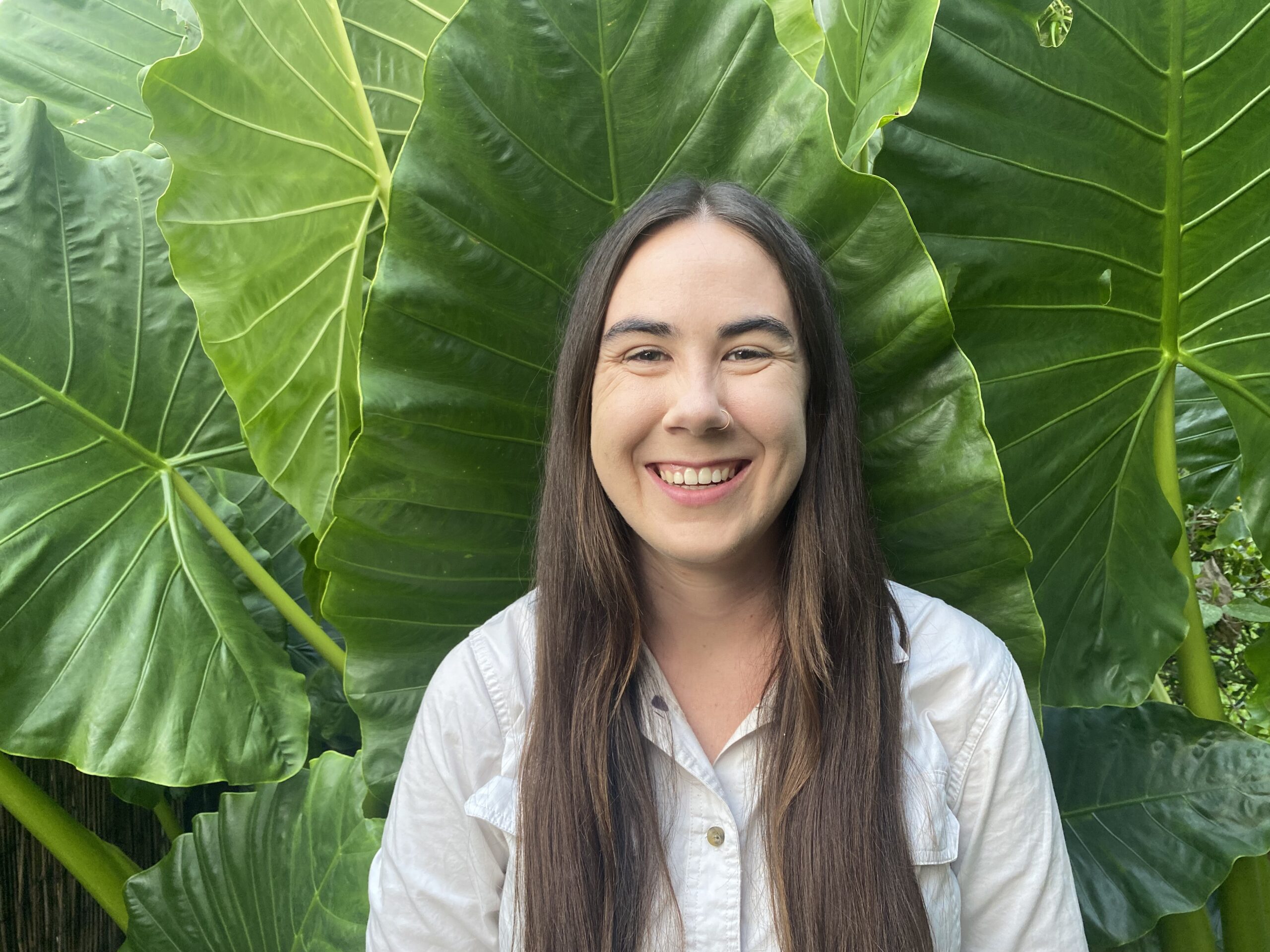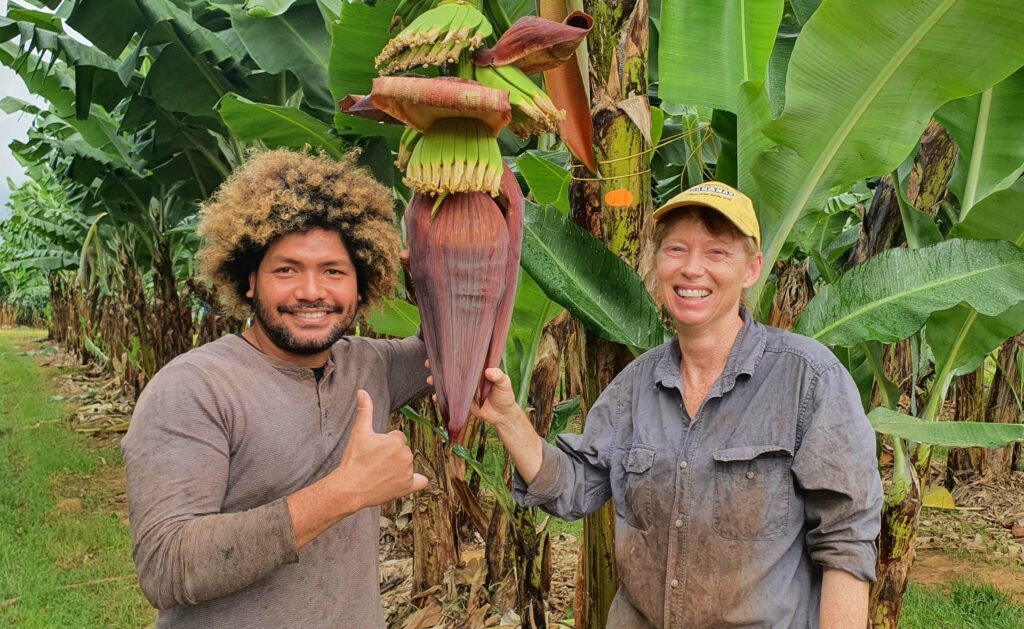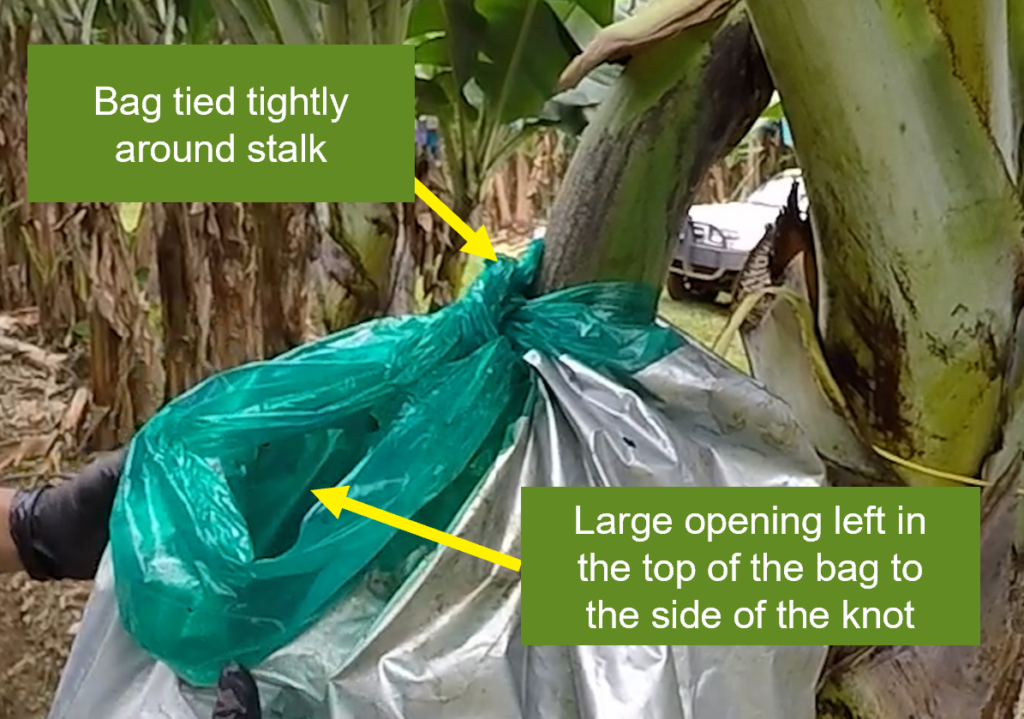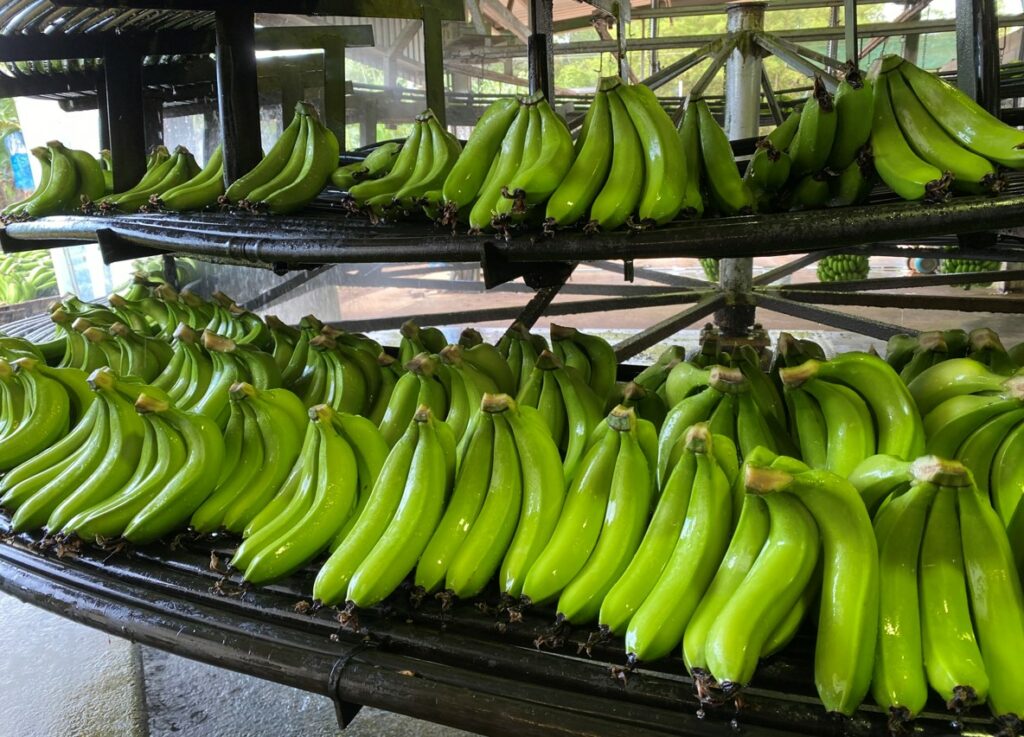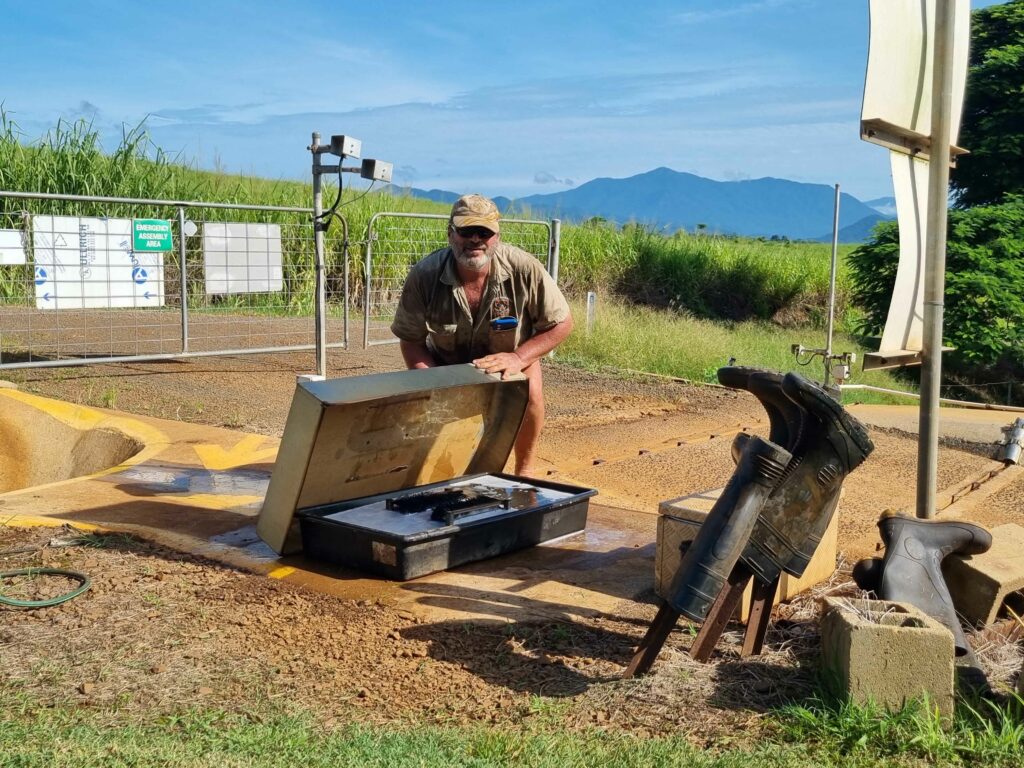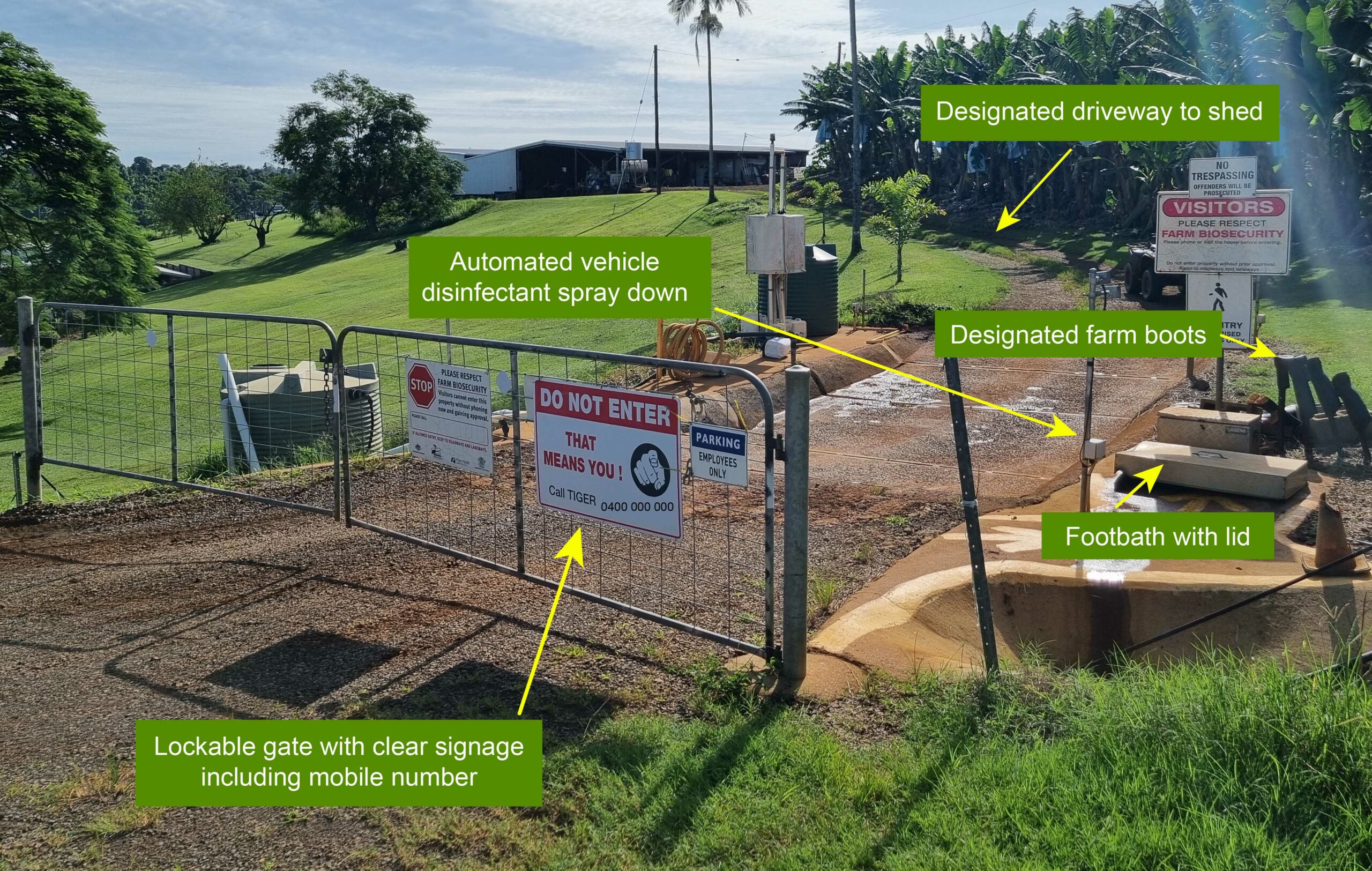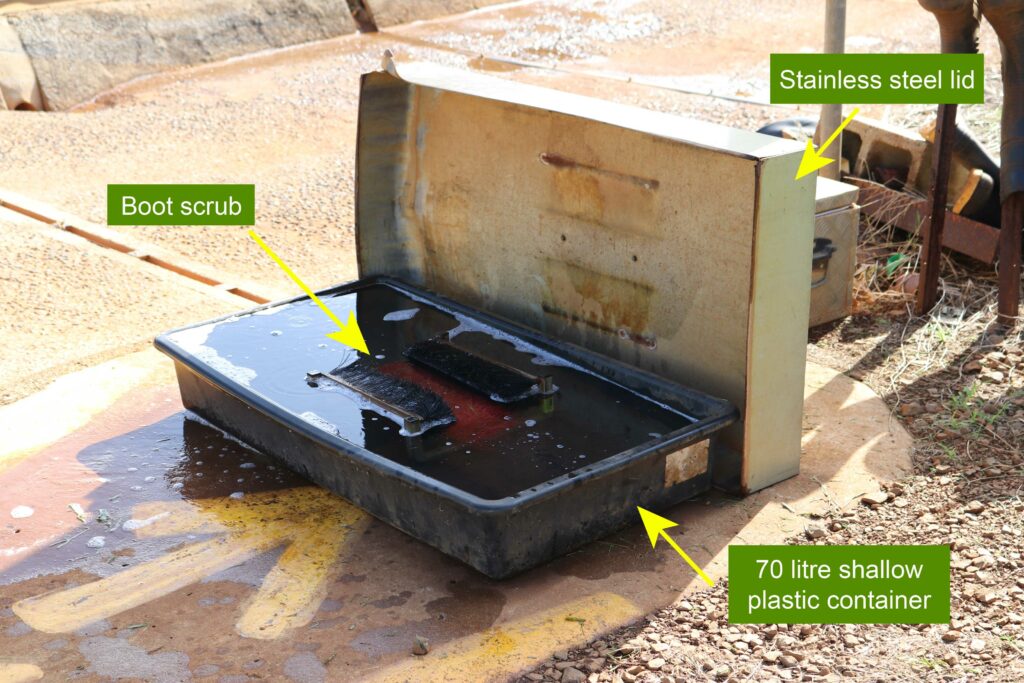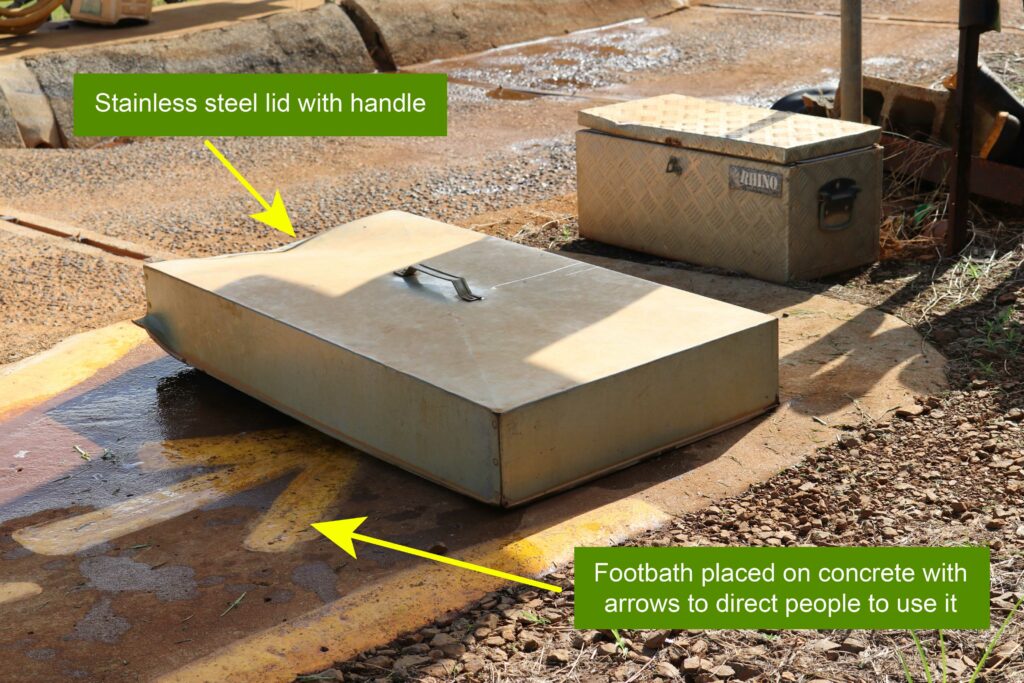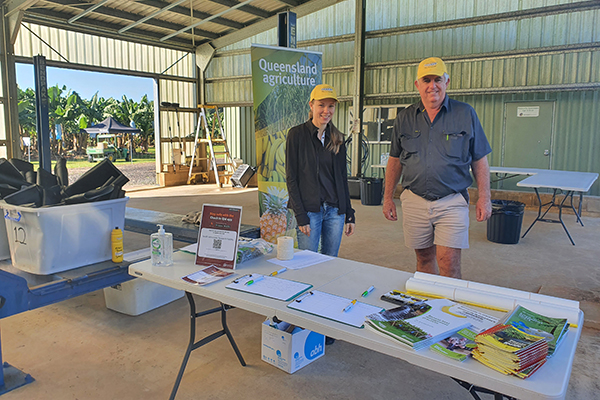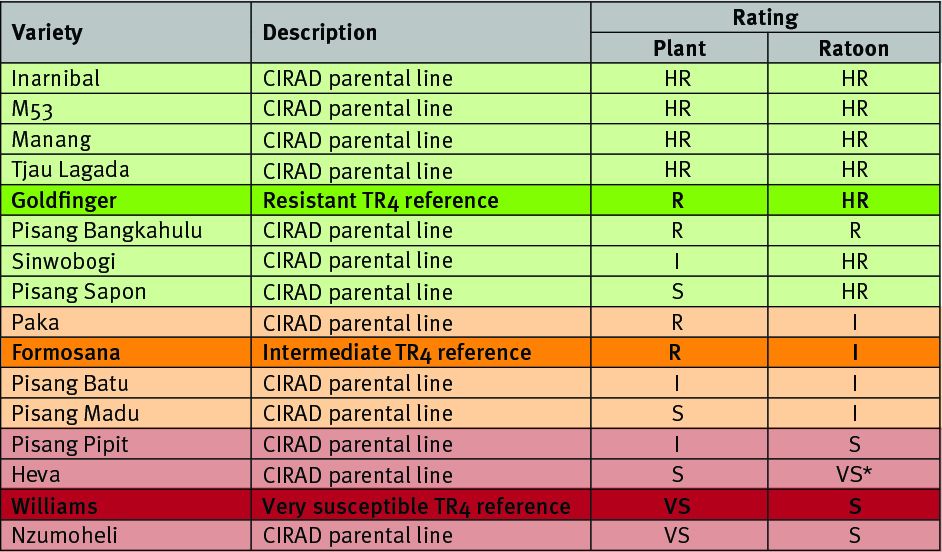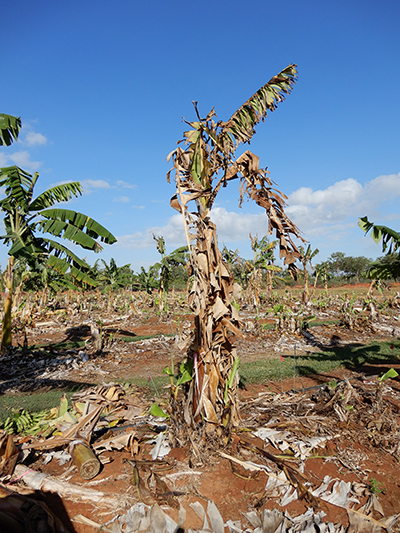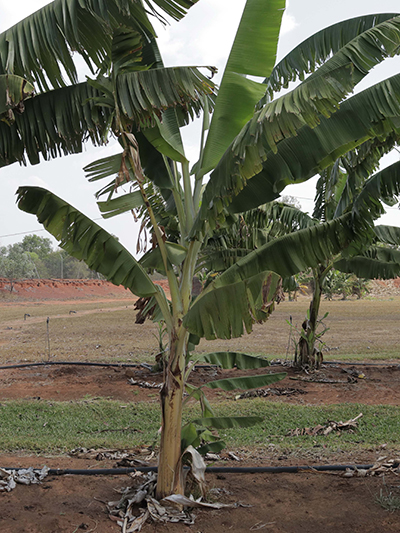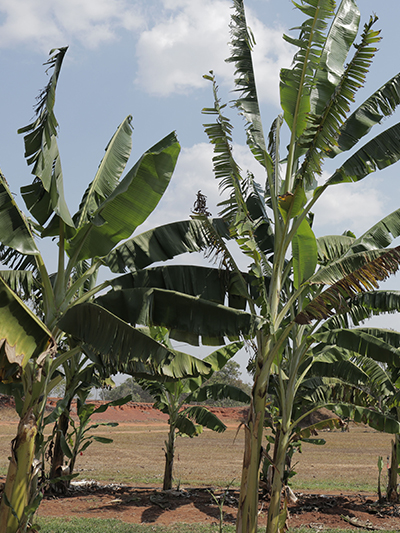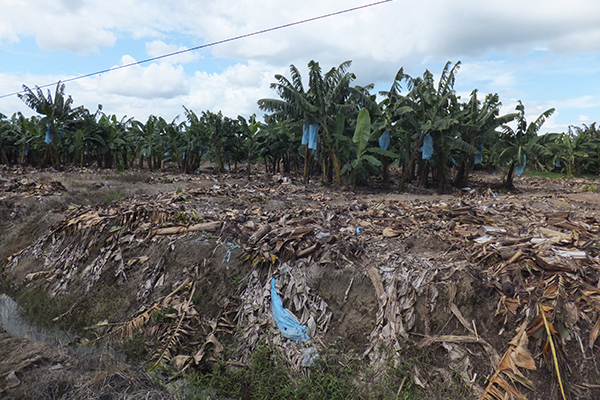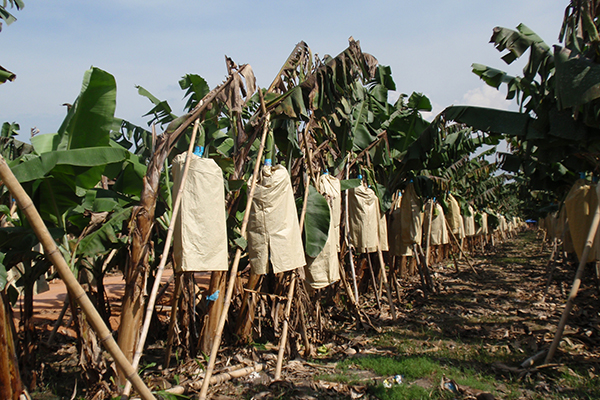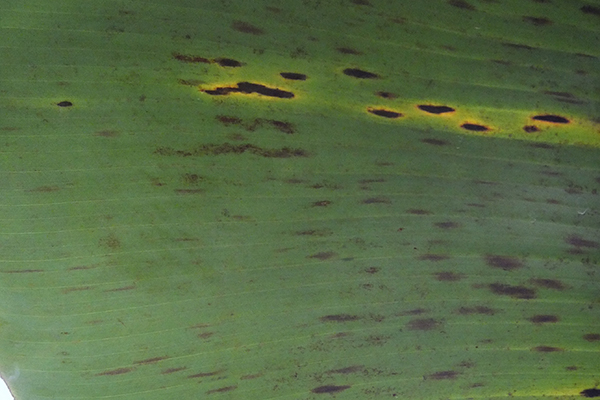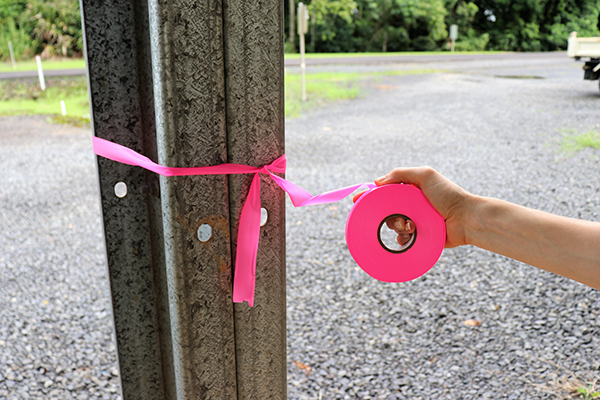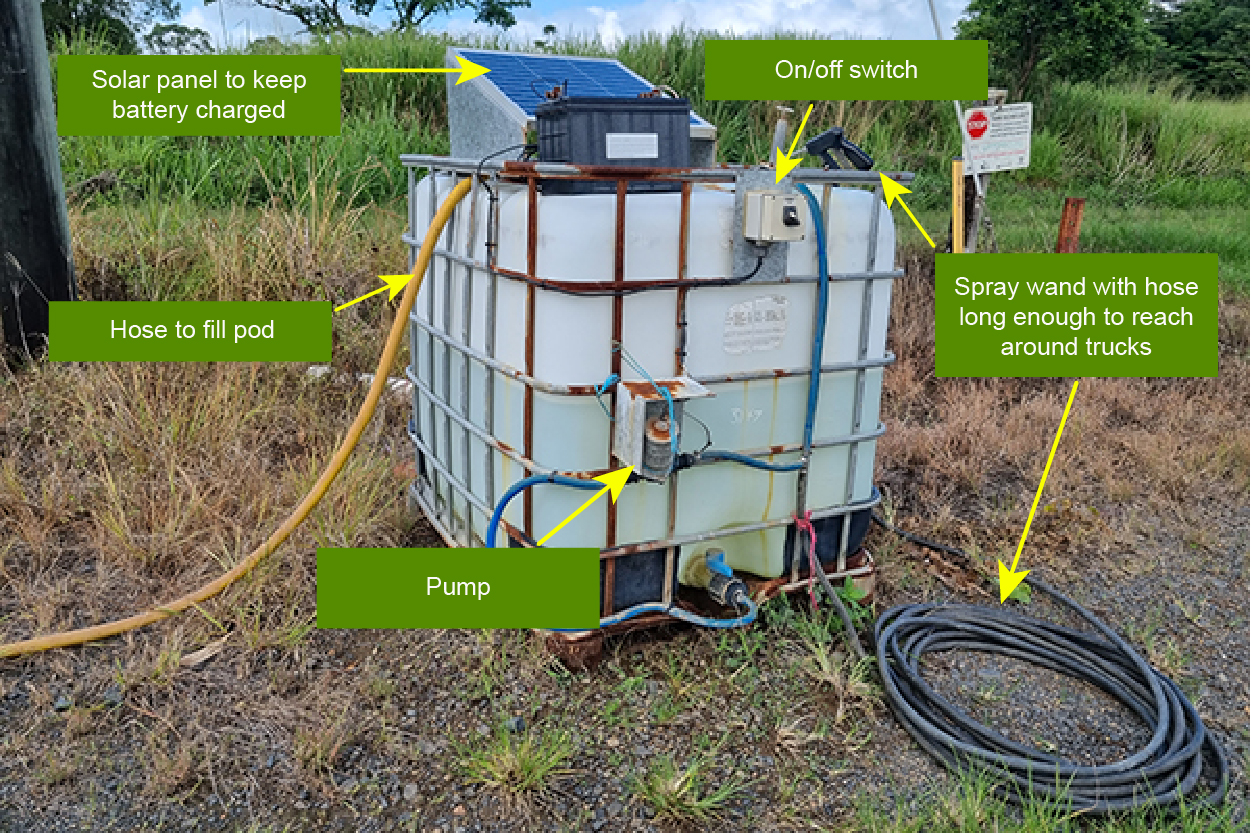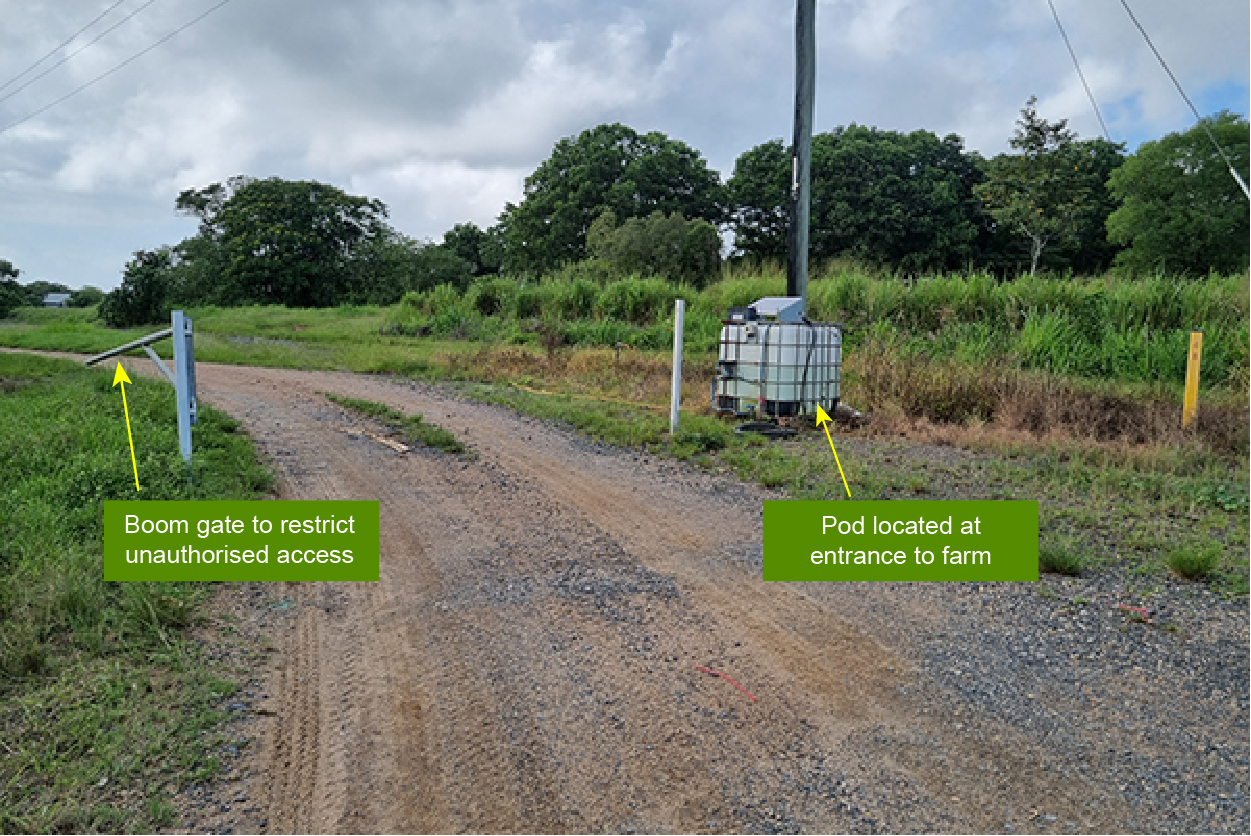Maturity bronzing - stretching the limits on fruit quality
By Ingrid Jenkins and Jeff Daniells
Several growers have reported a higher incidence of fruit affected by maturity bronzing in early 2023. In response to grower enquiries regarding what causes maturity bronzing and how to reduce its impact, it seems timely to give an overview of past research and recap on the best management options available to growers.
Maturity bronzing has been a long-term problem for Australian commercial banana producers, with research into the disorder dating back to the early 1970s in Australia. Much of the research was undertaken in Far North Queensland over 30 years ago by Jeff Daniells and other state government researchers at the time and has provided some interesting insights into what has proved to be a complex disorder.
What we know:
Maturity bronzing is not caused by a disease or insect but is a more complex physiological disorder due to certain environmental conditions.

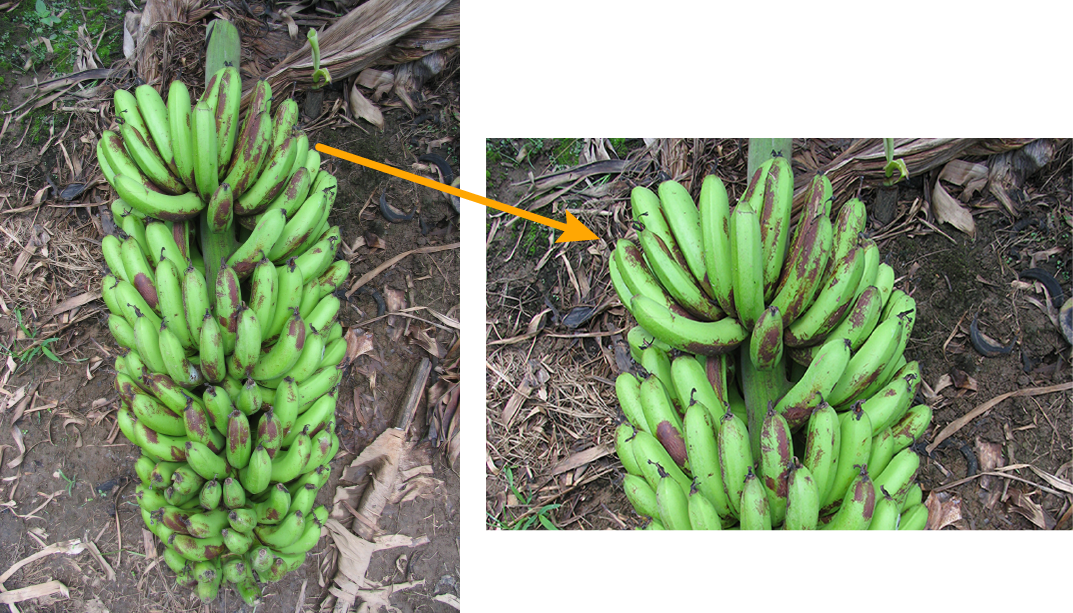
The disorder blemishes the peel of banana fruit close to maturity and appears as bronze-red/brown streaks or blotches usually on the outer curved surface of the fruit and is more prominent in the top hands (Figure 1). The blemish can first appear when a bunch is three-quarters to full maturity stage and worsens as the fruit continues to fill. The damage is to the peel only and does not affect the yield and eating quality of the fruit. In severe cases, it can cause corking/cracking of the peel. Its appearance makes the fruit unmarketable and can account for significant losses for growers.
The disorder is associated with periods of heavy rainfall, high humidity and overcast weather conditions leading up to harvest and is therefore worse at certain times of the year. In Far North Queensland the disorder is usually more prevalent in the latter half of the wet season from March to June. Water stress at the time of bunch emergence has been shown to increase the severity of maturity bronzing.
Research by Dr Michelle Williams from the University of Sydney has shown that the high growth rates in the wet season lead to the stretching of the epidermis (outer surface of fruit peel) which exceeds its elastic limit, leading to cracks and cell disruption in the peel surface. Disruption of the cells causes the release of the enzyme called polyphenol oxidase. Oxidation of this enzyme leads to the production of melanin, which results in the bronze-red/brown markings within the peel. It is the same process in many fruits; for instance, when you cut open an apple and get brown discolouration of the cut surface.
Dr Williams’ research also found low levels of calcium in the fruit peel and low cell number in the peel epidermis have been linked to the disorder. They also found low calcium levels present in fruit suffering from water stress near bunch emergence. This stressed fruit had more severe maturity bronzing. Subsequent trials looking to increase calcium in the fruit peel to lessen maturity bronzing were unsuccessful.
There have been several trials looking into the effects of different agronomic practices on the disorder.
Trials looking into the effect of bunch covering found that normal bunch covering does not worsen the disorder but, the disorder is made worse by fruit from sealed bunch covers.
Both bunch trimming and de-belling (removal of the male bud) increase the severity of the disorder.
It is possible to reduce the severity of the disorder by reducing the leaf number to seven or less from bunch emergence. However, this is counterproductive as bunch weight and fruit green life are reduced at the same time.
How to manage and reduce the impact of maturity bronzing:
• Maintain good soil moisture levels, particularly in the period within 2 weeks of bunch emergence. The critical period is October to January, special attention should be paid to irrigation during this time. A high moisture level should be maintained during bunch emergence.
• Maintain even growth in the plant and the bunch, particularly from 2-3 weeks prior to bunch emergence up to harvest.
• Depending on market specifications, bunches can be harvested early before the disorder becomes severe. Blemished fruit losses are minimised but there is a trade-off with lower bunch weight. For every week that a bunch is harvested earlier, 7–10 % in bunch weight is lost.
• Improve drainage and light within your paddock to ensure bunches don’t take so long to reach a harvestable grade. Waterlogging can be minimised by mounding rows and the construction of deep drains on alluvial soils and light penetration can be improved by planting at moderate densities.
• Ensure bunch covers are not too long and not prone to sealing at the bottom of the bunch. If this occurs maturity bronzing will worsen.
If you would like more detailed information on past research into maturity bronzing, please contact the Better Bananas team at betterbananas@daf.qld.gov.au.
This information has been compiled as part of the National Banana Development and Extension Program (BA19004). This project has been funded by Hort Innovation, using the banana research and development levy, co-investment from the Department of Agriculture and Fisheries and contributions from the Australian Government. Hort Innovation is the grower-owned, not-for-profit research and development corporation for Australian horticulture.



